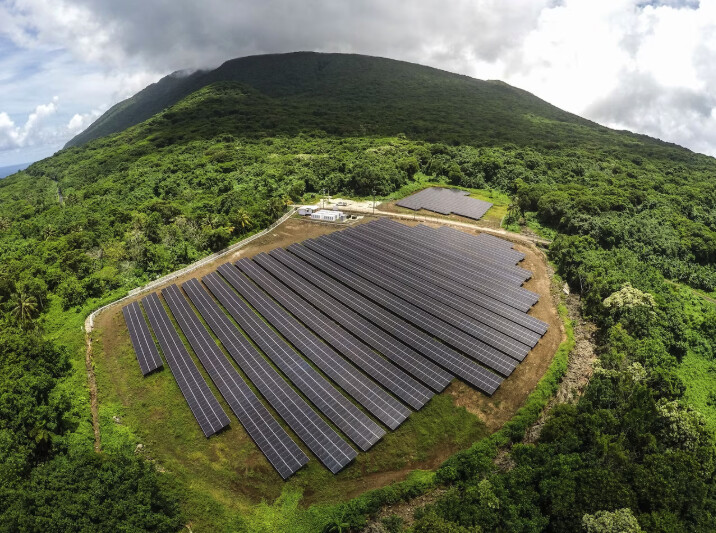Samoa Eyes Multi-Million Dollar Solar Deal After Year of Power Cuts

Samoa bets big on solar to fix its broken power system
Did you know Ta‘ū Island in American Samoa is one of the few places in the world that runs entirely on solar power? For the past seven years, the island’s 600 residents have relied on Tesla batteries and solar panels instead of diesel generators - a rare Pacific success story in renewable energy.
Now, just a short flight away, Western Samoa is trying to catch up. The country has signed off on a multi-million dollar loan deal to expand solar power across its two main islands, Upolu and Savai‘i.
It comes after a rough year. In March, Samoa’s government declared a 30-day state of emergency as rolling power cuts crippled businesses, schools, hospitals, and households. Ageing generators, cyclone damage, and skyrocketing demand left the national grid on the brink. For many, the blackouts weren’t just inconvenient - they were devastating.
The Asian Development Bank (ADB) and Sun Pacific Energy Ltd (SPEL) have now inked a $2.8 million (AU$4.3 million) loan to expand SPEL’s Upolu Solar Farm, first funded by ADB in 2017. The upgrade will bring in high-efficiency solar panels, expected to generate 9.6 gigawatt-hours of clean energy a year and slash nearly 2,000 tons of carbon dioxide emissions.

“This is the second expansion of SPEL’s solar farm,” said Aaron Batten, ADB’s Pacific regional director. “The generated power will support the delivery of a reliable and sustainable power supply, which will spur economic activity, benefitting commercial, industrial, and residential consumers.”
SPEL is Samoa’s first independent power producer and already has a 20-year deal with Electric Power Corporation, the state-owned utility. The loan, CEO Jamie Harrison said, made possible “a financing package that is not available in the market due to limited financial players. This project is deeply rooted in our mission of providing accessible, clean energy to the people of Samoa.”
The deal is backed by an extra $225,000 in technical assistance from the Australian Climate Finance Partnership, a fund managed by ADB and supported by Australia’s Department of Foreign Affairs and Trade.

For Samoa, the expansion is more than just a climate win. The caretaker government is hoping it’s a turning point for an energy infrastructure that has been in decline for decades. The country has committed to cutting emissions by 26% by 2030 and running on at least 70% renewable energy by 2031.
The question now is whether this deal will be enough to keep the lights on - and keep them on for good.
